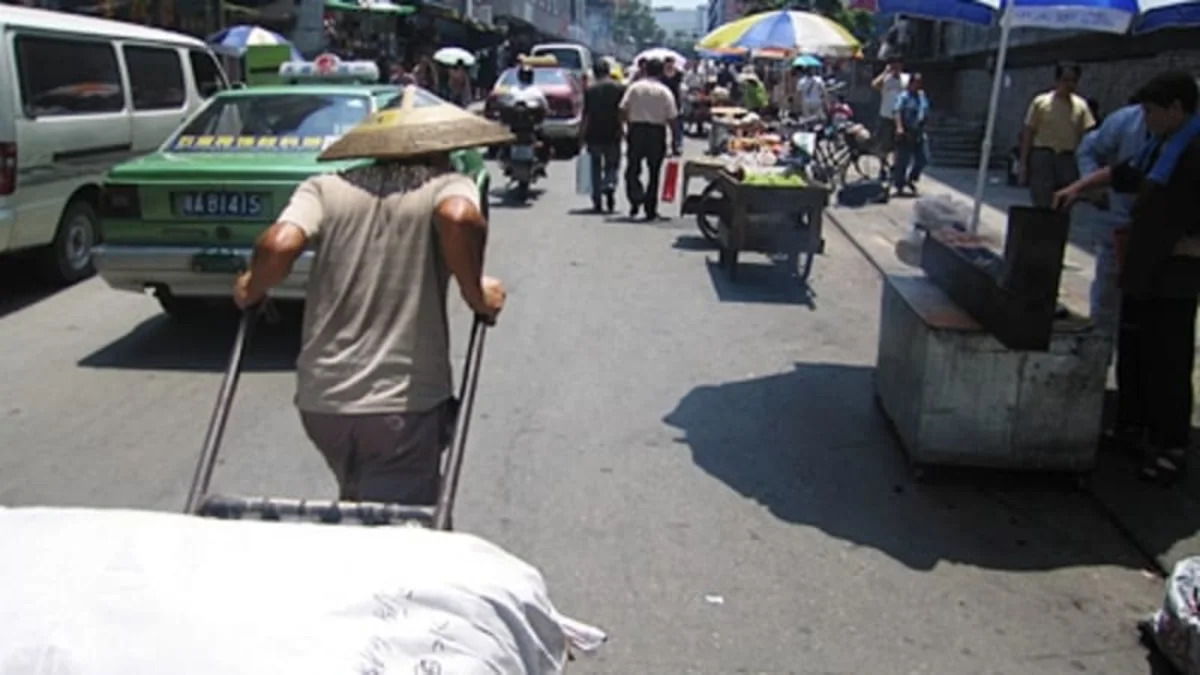Biodiesel production is one of the new bull markets in China, with bright growth prospects and an environmental conscience. And, it is drawing in investors as production soars. Around Guangzhou in the nation's south, dozens of plants are reported under construction or already in production. The all-important feedstock question is being answered in a host of different way as well with imported palm oil, cooking oil, cotton seed, tung oil tree and organic wastes.
Europe's staple biodiesel feedstock of rapeseed oil offers the most promise though with the Academy of Agricultural Sciences developing a new kind of hybrid rapeseed which has a record 54.7 percent oil content. China's Yangtze River Valley is the world's largest rapeseed producer with the potential to produce 40 million tons of biodiesel per year. This would be equal to 150 percent of the production from Daqing Oilfields which is currently China's leading crude oil producer.
The Chinese government has developed a blueprint for the development of renewable energy, including biodiesel, but currently people producing and marketing biodiesel in China often pay no heed to government regulations, standards and quality controls. In fact, it is not even known how many biodiesel factories exactly exist in China. Experts also fear that valuable farming land will be used for biodiesel feedstock crops instead of for food. In fact, much of the biodiesel produced in China isn't even used there. Instead, it's exported to Europe.
Analysis: Biodiesel in China sounds a little like a gold rush where quick profits, not quality production and sustainable growth, seem to be the motivating force. The use of valuable crop land for biofuels instead of food has been raised as an issue world-wide, but its immediate impact is likely to be felt in China where amazingly, less than 0.1 hectares of arable land is available per capita. Still, you have to admire the Chinese - when they put their minds to a task, they can move mountains.
Related:
[Source: Renewable Energy Access]
Europe's staple biodiesel feedstock of rapeseed oil offers the most promise though with the Academy of Agricultural Sciences developing a new kind of hybrid rapeseed which has a record 54.7 percent oil content. China's Yangtze River Valley is the world's largest rapeseed producer with the potential to produce 40 million tons of biodiesel per year. This would be equal to 150 percent of the production from Daqing Oilfields which is currently China's leading crude oil producer.
The Chinese government has developed a blueprint for the development of renewable energy, including biodiesel, but currently people producing and marketing biodiesel in China often pay no heed to government regulations, standards and quality controls. In fact, it is not even known how many biodiesel factories exactly exist in China. Experts also fear that valuable farming land will be used for biodiesel feedstock crops instead of for food. In fact, much of the biodiesel produced in China isn't even used there. Instead, it's exported to Europe.
Analysis: Biodiesel in China sounds a little like a gold rush where quick profits, not quality production and sustainable growth, seem to be the motivating force. The use of valuable crop land for biofuels instead of food has been raised as an issue world-wide, but its immediate impact is likely to be felt in China where amazingly, less than 0.1 hectares of arable land is available per capita. Still, you have to admire the Chinese - when they put their minds to a task, they can move mountains.
Related:
[Source: Renewable Energy Access]


Sign in to post
Please sign in to leave a comment.
Continue